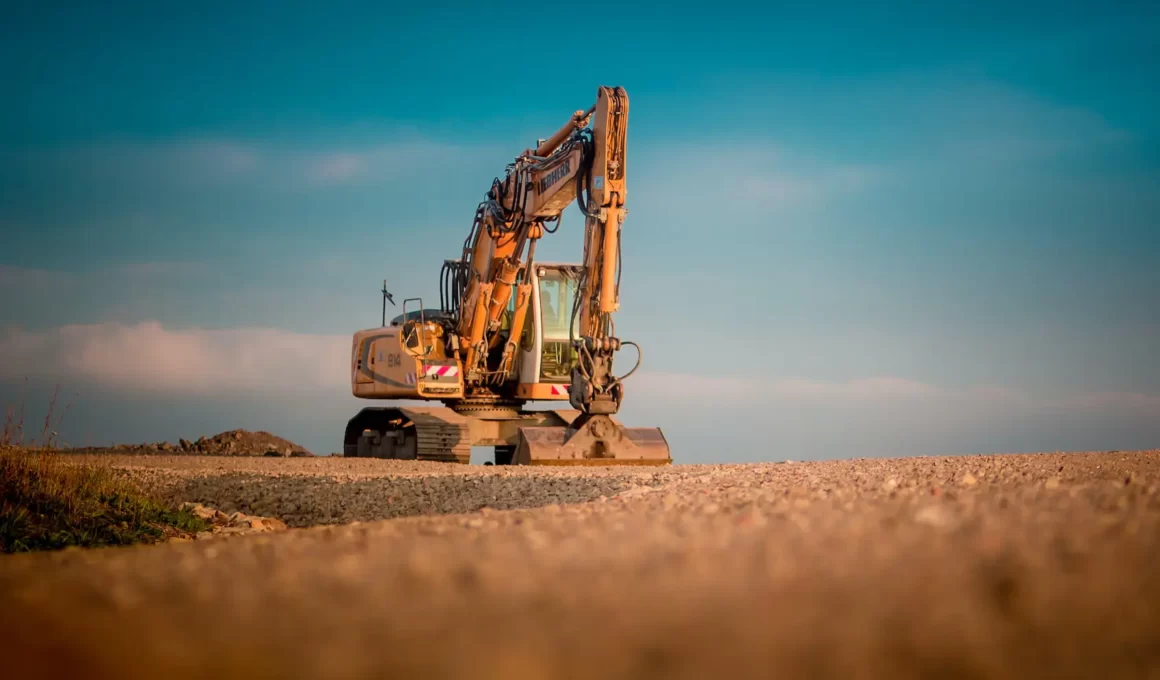This guide is part of the Biophilic Design Approach by ARENCOS, for construction waste prevention and carbon footprint reduction, including reusing and recycling building materials on construction projects in Crete, Greece. It provides detailed, best-practice advice to assist with the prevention and reduction of waste as well as the recycling of materials on construction sites.
Table of Contents
Waste Management in Construction Sites: The way forward.
It is difficult to provide exact numbers of construction waste produced on a typical construction site in Crete, Greece, but it is estimated that it is as much as 30-35 per cent of the overall weight of building materials delivered to a building site.
Approximately, 50 million tons of construction waste has been dumped in the country and much of it could be salvaged and recycled. ARENCOS makes a significant contribution towards a more resource-efficient and circular economy by promoting waste management, recycling, sustainability energy efficiency and zero waste methods.
We offer exceptional architectural and engineering services, delivered by our team of implementation advisors, engineers and technical specialists, which will help you to identify cost-saving opportunities for your project in Crete, Greece.
For more details call us today on 0030 2821112777, email info@arencos.com or visit our website at arencos.com to discover more.
This guide is aimed to present some of the best Waste Prevention opportunities and methods to effectively manage the waste generated during the construction, renovation and demolition of buildings.
The Importance of Best Practice On-Site.
Simple, yet practical changes on-site to reduce, reuse and recycle construction waste can generate a wide range of benefits and establish technically viable and economically feasible projects.
The case study in this guide can help you quickly understand how and why construction waste is created and how to manage it. Construction and demolition wastes (CDW) consist of fragments/debris that come from the construction, renovation and demolition of buildings. Construction firms play a significant role in the sustainable development of the circular economy in Crete, Greece. For a sustainable construction project, one of the biggest challenges is waste management.
The major construction wastes are surplus concrete, broken bricks, wood and steel, glass, plastics, green wastes (small trees, bushes) and excavated soil. Green construction is the new standard for home buyers, investors renters and commercial tenants in Crete. Unfortunately, many sustainable and eco-friendly features remain unreliable and not sustainable at all.
Demolition represents 85% of the CDW while new construction represents only 15% of the total CDW produced. However, the types and composition of onsite wastes are highly variable, depending on the construction/demolition techniques used.

Implementing best practices on your projects can save you money, along with many other benefits for the environment and the circular economy:
- Reduced CO2 Emissions
- Increased Environmental Performance
- Regulatory Compliance
- Enhanced Building
- Sustainability
- Reduced Construction Costs
- Enhanced Ecotech and Sustainable Construction
- Improved Procurement Practices
- Improved Waste Composition and Quantification
- Reduce Project Costs
A Case Study Example
This net-zero detached house, designed and constructed by ARENCOS, is an exceptional project that successfully illustrates how careful design and biophilic practice activities can positively impact both construction operability and environmental integrity.
Our advisors divided construction and demolition waste into four main types as follows: materials which are (1) potentially valuable in construction and which can easily be reused/recycled, including concrete, stone masonry, bricks, tiles/pipes, and soil; (2) materials not capable of being recycled on-site but may be recycled elsewhere, including timber, glass, plastic and metal, (3) materials not easily recycled or which required special care and disposal, including chemicals, asbestos and plaster and (4) materials not capable of been recycled. Key highlights from the off-grid house in Akrotiri included:
- Whenever possible, used wood that has been certified by the Forest Council.
- Preference was specified for construction materials that contained a high percentage of recycled content. The house produced less than four tonnes of construction waste (not including excavation waste) compared to the average of 14 tonnes of waste generated on an average 3-bed detached house in the same area.
- Materials with high recycling rates that are reclaimed, salvaged, or refurbished: The construction site achieved an overall recycling rate of 90%, and 98% of excavation waste was recycled.
- The house met the highest biophilic design standards and achieved net zero carbon emissions.
- The house holds an Energy Performance rating of A. The average rating for a similar property in the area is C.
Related Read:
CONSTRUCTION Waste Management BEST PRACRISE GUIDE by ARENCOS
